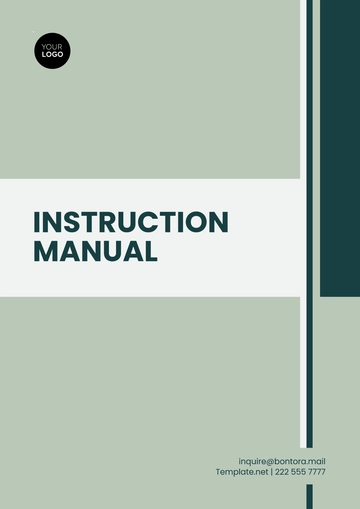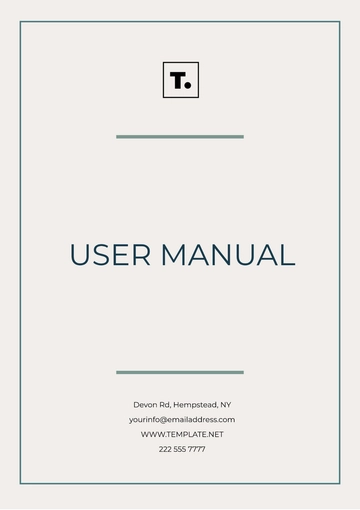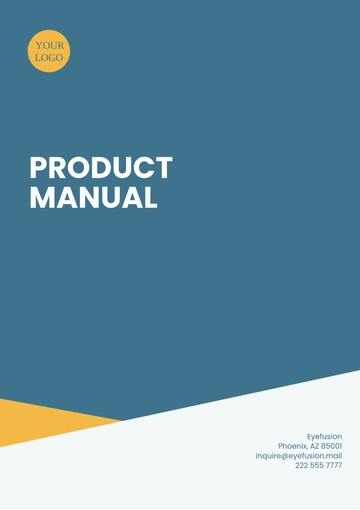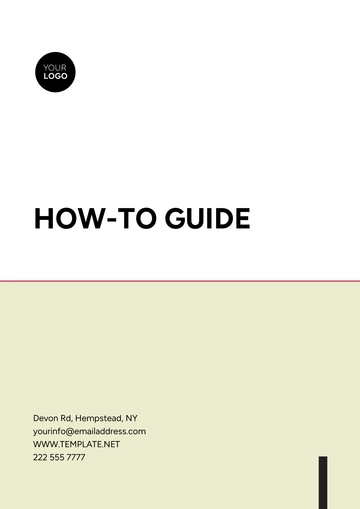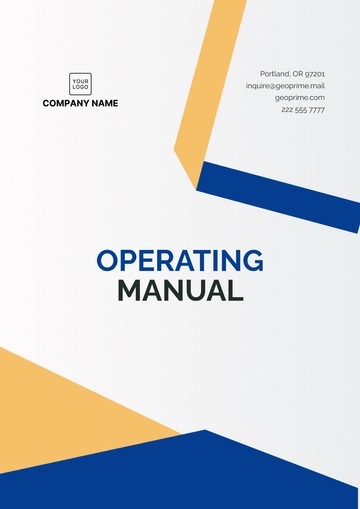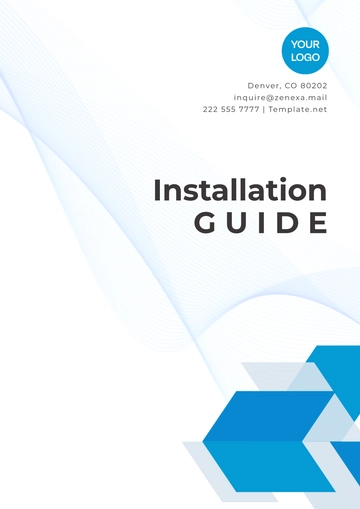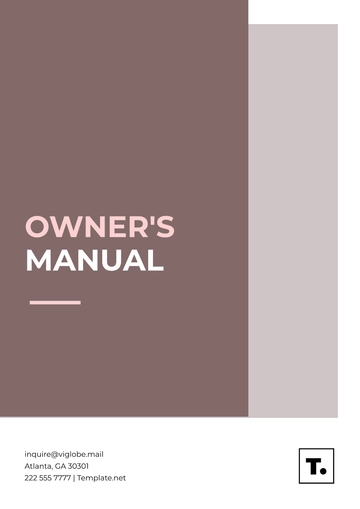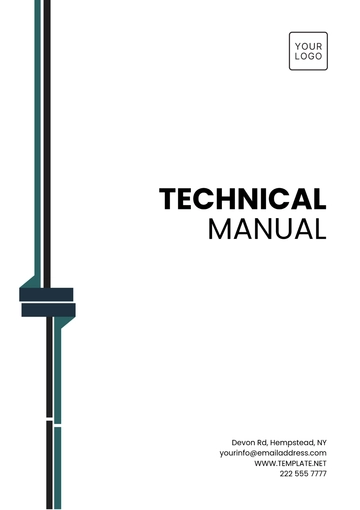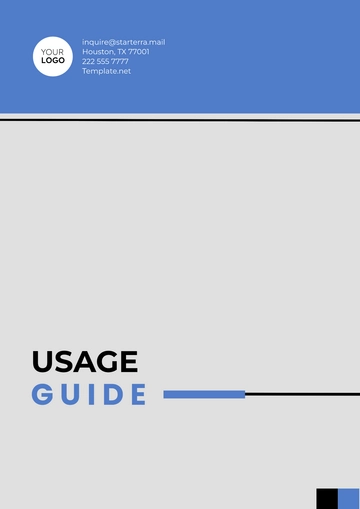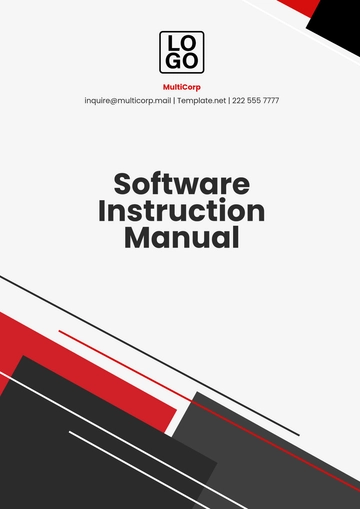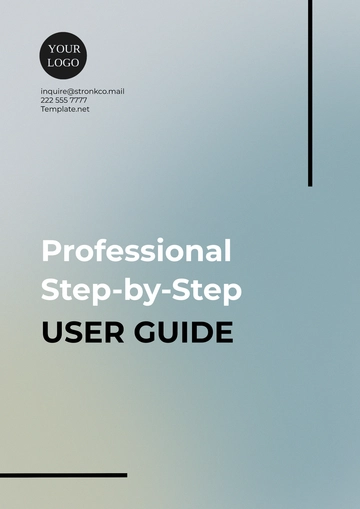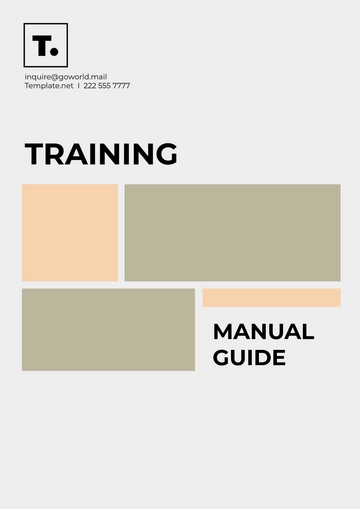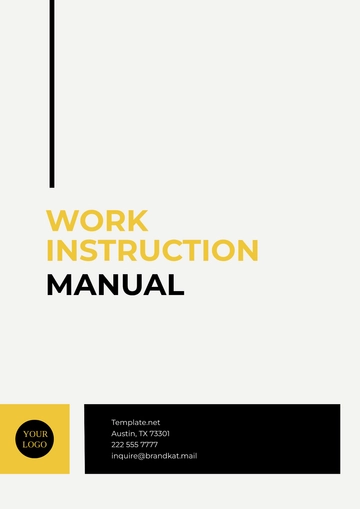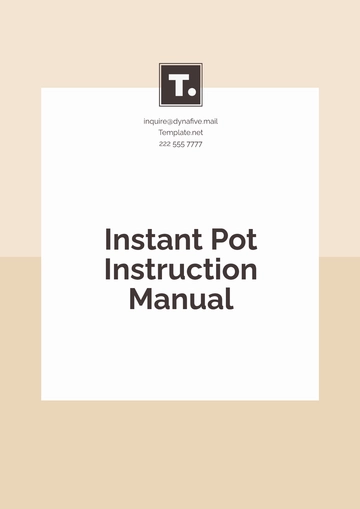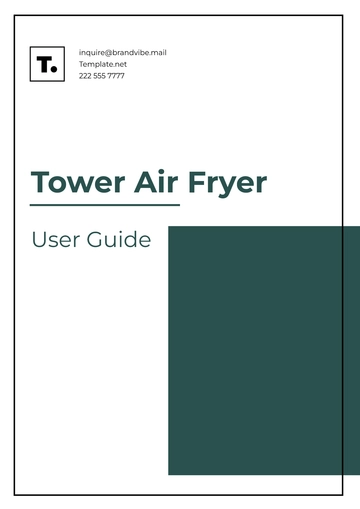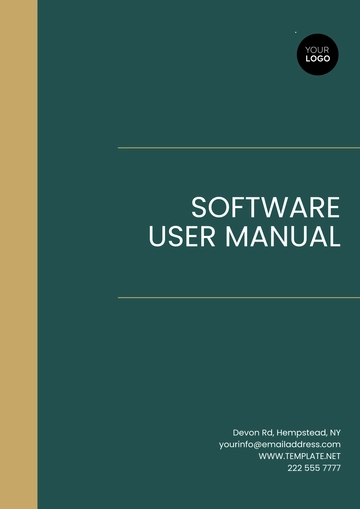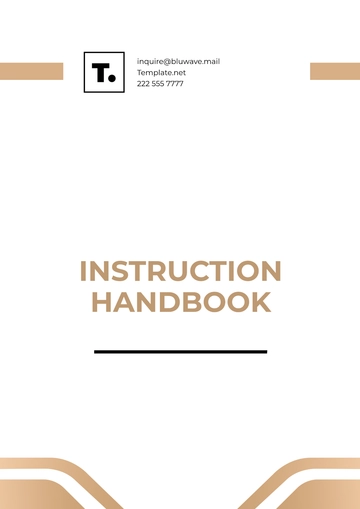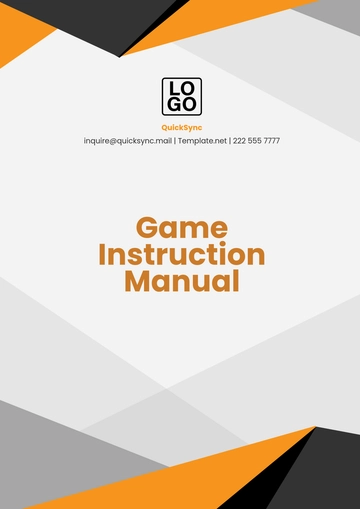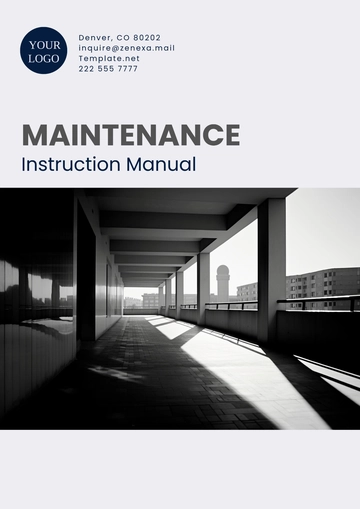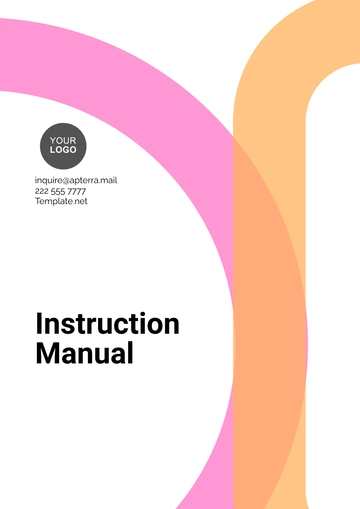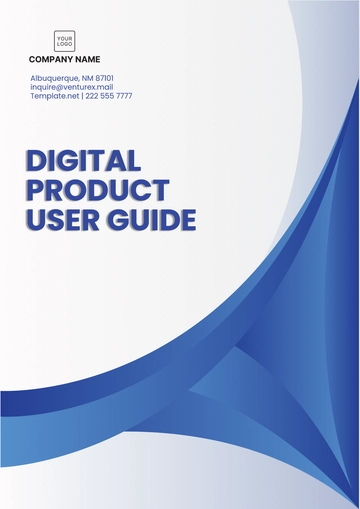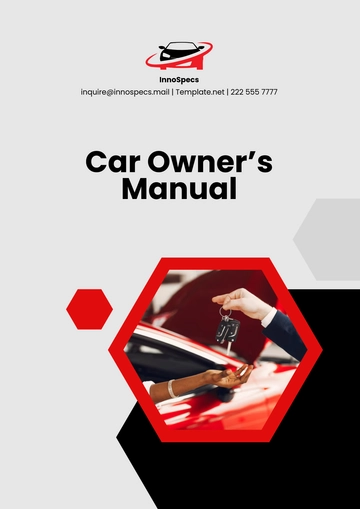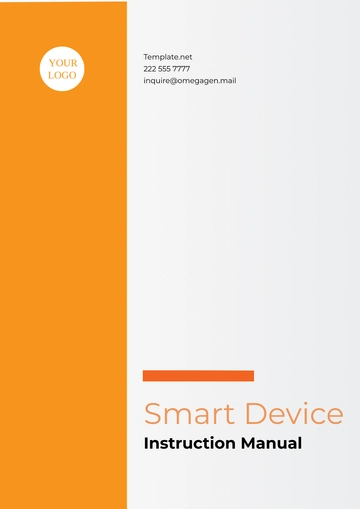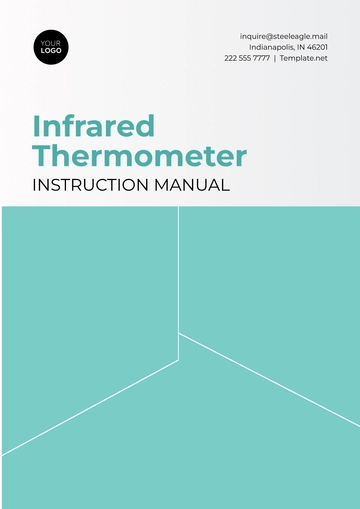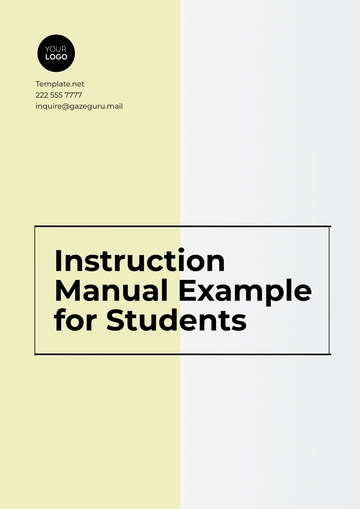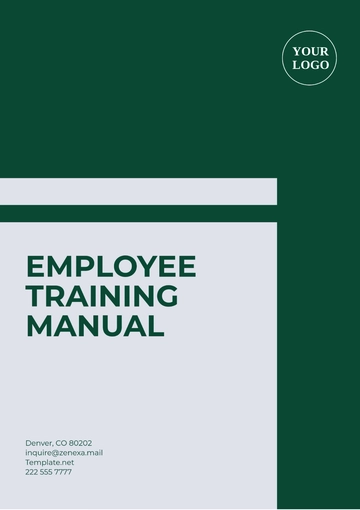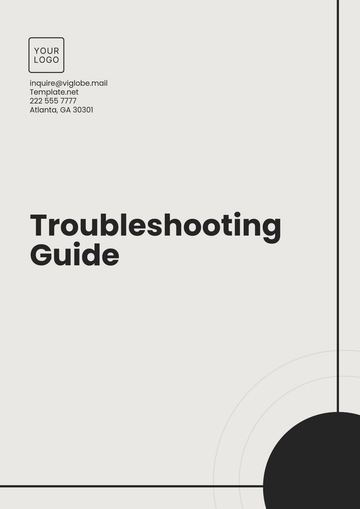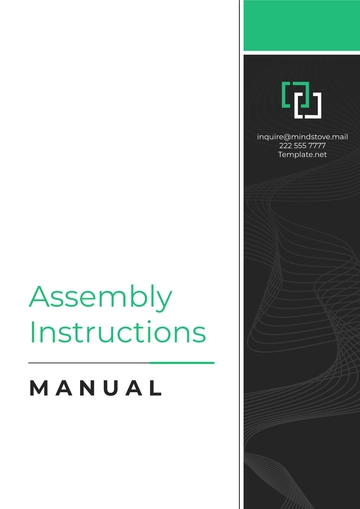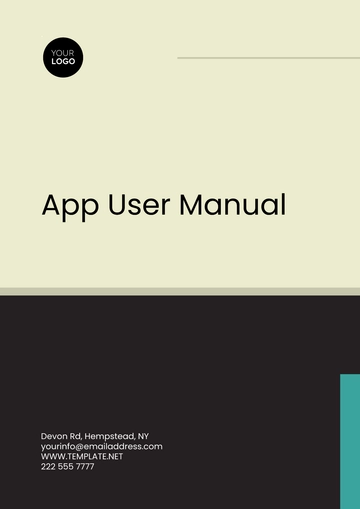Free Teacher Manual
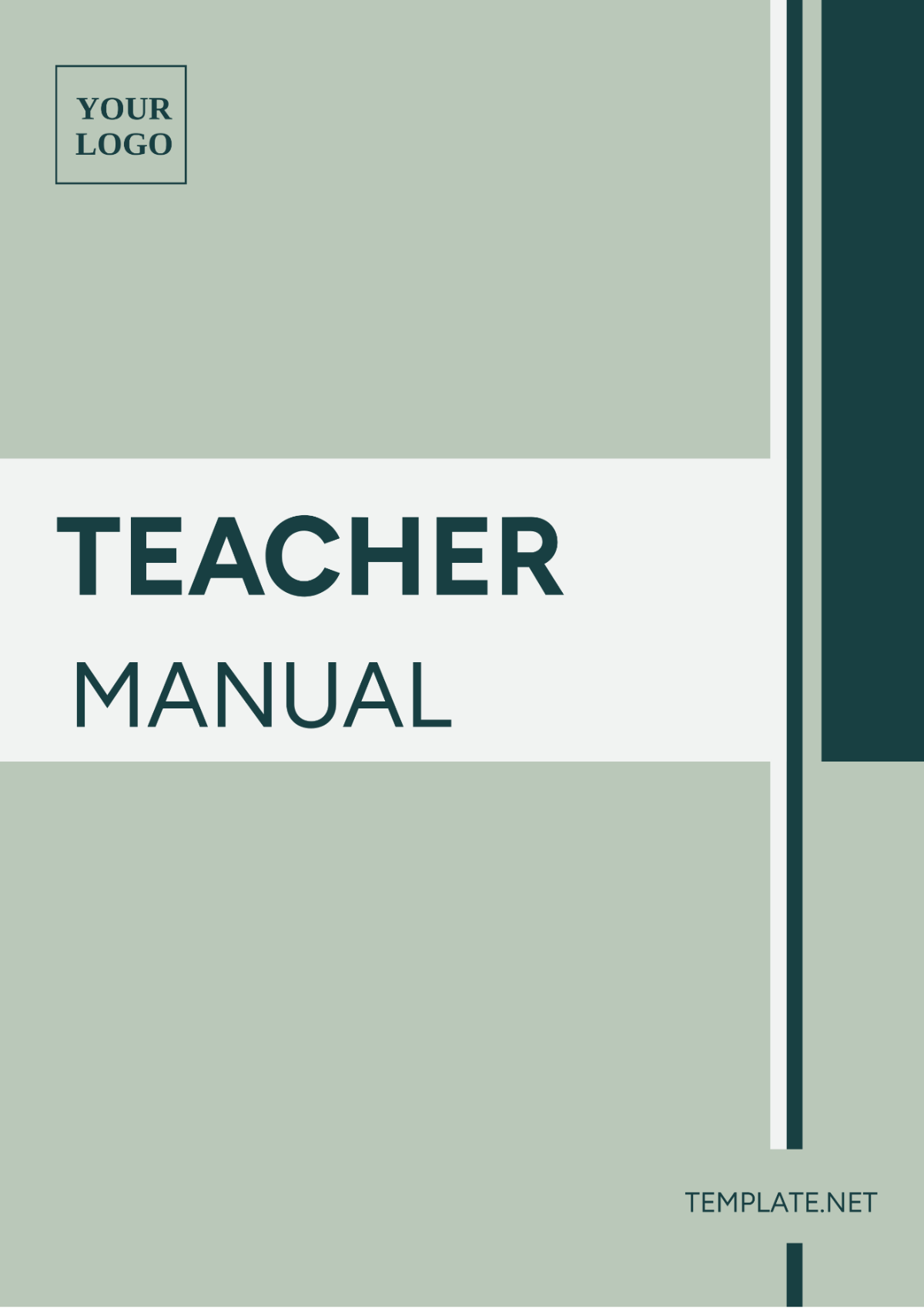
Name | [YOUR NAME] |
|---|---|
School | [YOUR SCHOOL NAME] |
Department | [YOUR DEPARTMENT] |
Date | [DATE] |
I. Introduction
In this section, [YOUR SCHOOL NAME] presents an overview of the Teacher Manual, outlining its purpose and importance in supporting educators in their teaching endeavors.
Purpose
The Teacher Manual serves as a comprehensive resource to empower educators with effective teaching strategies, lesson plans, and classroom management techniques. It aims to enhance teaching quality, foster student engagement, and facilitate a conducive learning environment.
Importance
A well-designed Teacher Manual is essential for educators to streamline their lesson planning process, maintain consistency in instruction, and address diverse learning needs. It provides valuable guidance and resources to help teachers navigate challenges and maximize student learning outcomes.
II. Getting Started
This section offers essential information to help teachers get started with utilizing the Teacher Manual effectively. It includes guidance on accessing the manual, understanding its structure, and utilizing its resources.
1. Accessing the Manual
To access the Teacher Manual, [YOUR NAME] can log in to [insert platform or website] and navigate to the designated section for educational resources. Alternatively, physical copies may be distributed during professional development sessions or training workshops.
2. Understanding the Structure
The Teacher Manual is organized into distinct sections, each addressing specific aspects of teaching and classroom management. Teachers are encouraged to familiarize themselves with the structure to locate relevant information efficiently.
III. Lesson Planning
This section provides guidance on effective lesson planning strategies, ensuring alignment with curriculum standards and learning objectives.
1. Curriculum Alignment
Aligning lessons with curriculum standards is crucial for ensuring coherence and relevance. [YOUR DEPARTMENT] recommends utilizing curriculum frameworks and standards documents to guide lesson planning.
2. Lesson Plan Components
A well-structured lesson plan typically includes essential components such as:
Objective: Clearly defined learning objectives to guide instruction.
Materials: List of resources and materials required for the lesson.
Procedure: Step-by-step outline of instructional activities and strategies.
Assessment: Methods for assessing student learning and understanding.
IV. Classroom Management
Effective classroom management is essential for creating a positive learning environment conducive to student engagement and academic success.
1. Establishing Rules and Expectations
Setting clear and consistent rules and expectations helps maintain order and discipline in the classroom. [YOUR DEPARTMENT] recommends collaboratively establishing classroom norms with students to foster a sense of ownership and accountability.
2. Behavior Management Strategies
Incorporating proactive behavior management strategies can help prevent disruptions and address challenging behaviors effectively. Techniques such as positive reinforcement, behavior contracts, and classroom incentives are encouraged to promote positive behavior.
V. Differentiated Instruction
This section focuses on strategies for accommodating diverse learning needs and styles to ensure all students have equitable access to learning opportunities.
1. Understanding Student Diversity
Recognizing and appreciating the diversity of students' backgrounds, abilities, and learning styles is fundamental to effective differentiation. [YOUR SCHOOL NAME] emphasizes the importance of creating inclusive learning environments that celebrate diversity.
2. Adapting Instruction
Differentiated instruction involves tailoring teaching methods, materials, and assessments to meet individual students' needs. Educators are encouraged to utilize flexible grouping, tiered assignments, and scaffolding techniques to support diverse learners.
VI. Assessment and Feedback
1. Formative Assessment Strategies
Implementing ongoing formative assessment strategies allows teachers to monitor student understanding and adjust instruction accordingly. Techniques such as exit tickets, think-pair-share, and quizzes provide valuable feedback for both teachers and students.
2. Providing Constructive Feedback
Offering timely and constructive feedback is essential for supporting student growth and improvement. [YOUR DEPARTMENT] encourages teachers to provide specific, actionable feedback that highlights strengths and areas for improvement, fostering a growth mindset among students.
By utilizing the resources and strategies outlined in this Teacher Manual, educators can enhance their teaching effectiveness, promote student success, and create enriching learning experiences for all students.
VII. Professional Development
1. Professional Learning Communities (PLCs)
Engaging in professional learning communities provides opportunities for collaborative reflection, sharing of ideas, and peer support. [YOUR SCHOOL NAME] encourages teachers to participate in PLCs both within the school community and online platforms.
2. Workshops and Training Sessions
Attending workshops and training sessions offers valuable opportunities for skill development and knowledge enhancement. [YOUR DEPARTMENT] organizes regular professional development events focused on topics relevant to teaching practice and pedagogy.
VIII. Resource Library
This section serves as a repository of additional resources and materials to supplement teaching and enhance instructional delivery.
1. Curriculum Resources
Access a variety of curriculum resources, including lesson plans, worksheets, and educational videos aligned with curriculum standards and learning objectives.
2. Teaching Tools and Technologies
Explore innovative teaching tools and technologies to enhance engagement and facilitate interactive learning experiences in the classroom. [YOUR SCHOOL NAME] provides recommendations and tutorials for integrating educational technology effectively.
IX. Conclusion
In conclusion, the Teacher Manual serves as a comprehensive guide and support system for educators striving to create engaging, inclusive, and effective learning environments. By implementing the strategies and utilizing the resources provided, teachers can empower students to achieve academic success and lifelong learning.
For further assistance or inquiries, please contact [YOUR SCHOOL NAME] at [YOUR EMAIL] or [YOUR COMPANY NUMBER].
- 100% Customizable, free editor
- Access 1 Million+ Templates, photo’s & graphics
- Download or share as a template
- Click and replace photos, graphics, text, backgrounds
- Resize, crop, AI write & more
- Access advanced editor
Introducing the Teacher Manual Template from Template.net! Crafted for educators seeking efficiency and flexibility, this resource is fully editable and customizable. Tailor lesson plans, assessments, and more to suit your unique teaching style. Plus, with compatibility in our Ai Editor Tool, seamless customization is at your fingertips. Elevate your teaching experience today!
